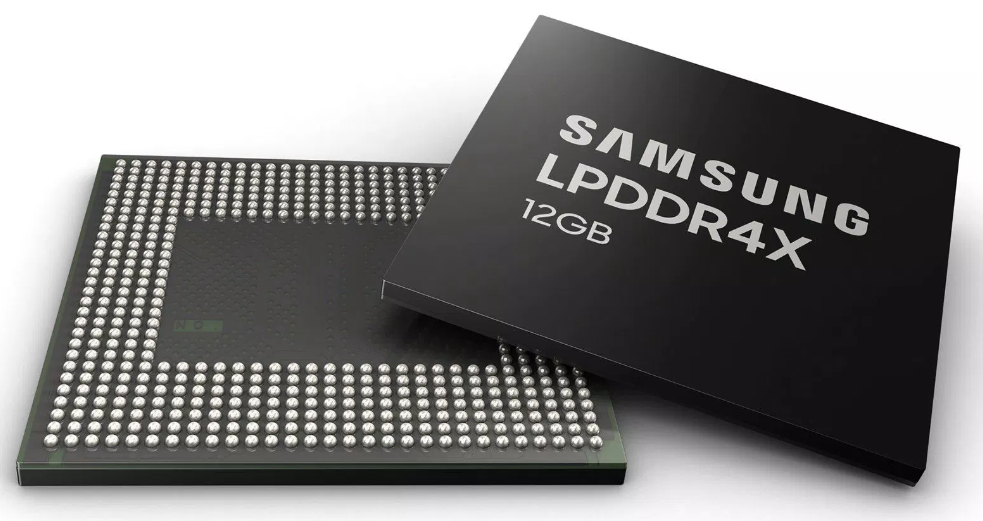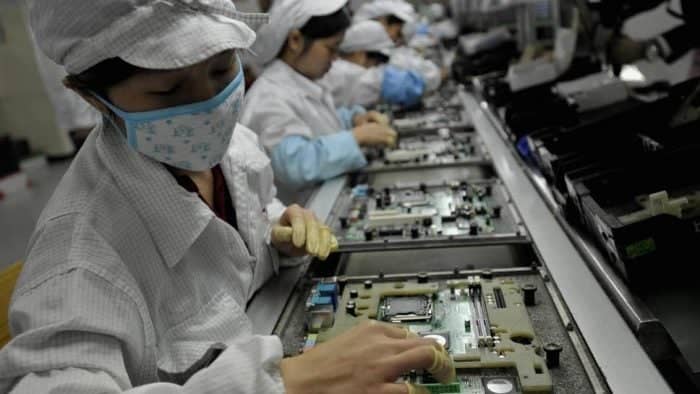According to Tom’s Hardware, Samsung has been ordered to completely shut down its two chip factories in Texas due to power shortages in the state. This also affected NXP Semiconductors, Infineon Semiconductors and other companies. The state utility company Austin Energy, which supplies electricity to the city of Austin, has ordered all industrial and semiconductor manufacturers to suspend or close their facilities. And all the companies followed this order.
Unplanned production stoppages can have long-term consequences, such as a thirty-minute power outage in 2018 at a Samsung factory that cut global NAND supply by 3%. In addition, it may take several days for the factory to return to full operation after power is restored.
Samsung has been forced to stop large chip factories in the US

The source adds that some products may have been damaged as a result of power outages in factories. This could cost the affected companies millions of dollars in losses. Some types of microcircuits can take a month or more to go through various stages of production, and unplanned power outages can destroy entire batches of unfinished products. It is not known at this time if Samsung was notified prior to the power outage in order to gracefully shut down operations in its factories and minimize the impact, as well as quickly restart normal operations after power returns.
This is very bad news given the ongoing global shortage of chips. Chip factories have back-up power generators for unplanned outages, but these systems are typically designed for short periods of time – to provide soft shutdowns – and are not suitable for extended outages. Samsung built its first factory in Austin in 1996, and opened a second in 2007 and expanded it in 2017. This year, Samsung plans to build a new factory in the US for $17 billion.
The states of Texas, Oregon and Virginia are experiencing abnormally low temperatures for these territories, while icing is reported on about 50% of wind turbines in Texas. As a result, more than 1.8 million consumers were disconnected from the power supply network. In fact, the enterprises took away electricity in order to give it to people.
The date of the resumption of normal operation has not yet been announced.

IDC: The smartphone market has returned to growth
Experts of the analytical company IDC summed up the results of the fourth quarter of 2020 and the whole year in general on the smartphone market. As stated in the corresponding report, the smartphone market returned to growth. Sales in the fourth quarter of 2020 were 385.9 million units, which is 4.3% more than smartphones sold in the fourth quarter of 2019. At the same time, for the entire 2020, smartphones were sold 5.9% less than in 2019.

At the end of the fourth quarter of 2020, Apple was named the market leader. It was able to increase sales in annual terms; that is, compared to the same quarter of the previous year, by 22.2% – from 73.8 to 90.1 million devices. This led to an increase in Apple’s share from 19.9% to 23.4%. The second place is occupied by Samsung, which in annual terms increased sales by 6.2%, as a result of which its share increased from 18.8% to 19.1%. The third place is taken by Xiaomi. Its share increased from 8.9% to 11.2%. The top five also include Oppo and Huawei. Also, The share of Oppo increased from 8.3% to 8.8%. The share of Huawei decreased from 15.2% to 8.4%.

As for 2020 as a whole, Samsung remained the leader with 20.6% of the market. Apple is in second place with 15.9%. The share of Huawei, which is in third place at the end of 2020, is 14.6%. The fourth-place belongs to Xiaomi, whose share is 11.4%, the fifth – to Vivo, whose share is 8.6%. In 2019, Samsung’s share was 21.6%, Apple’s 13.9%. Huawei – 17.5%, Xiaomi – 9.2%, Vivo – 8.0%.





